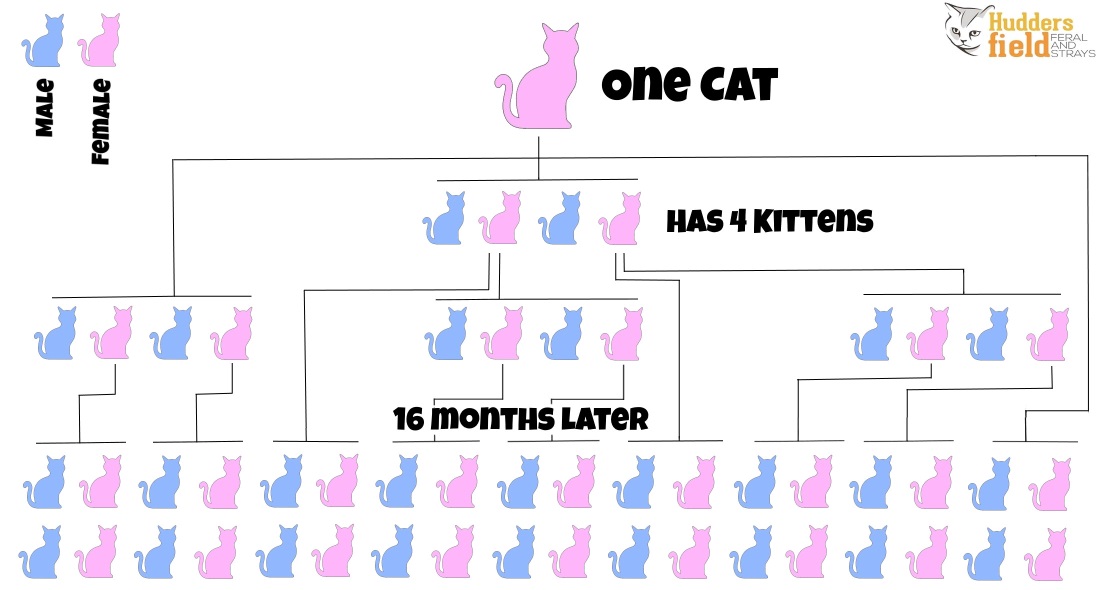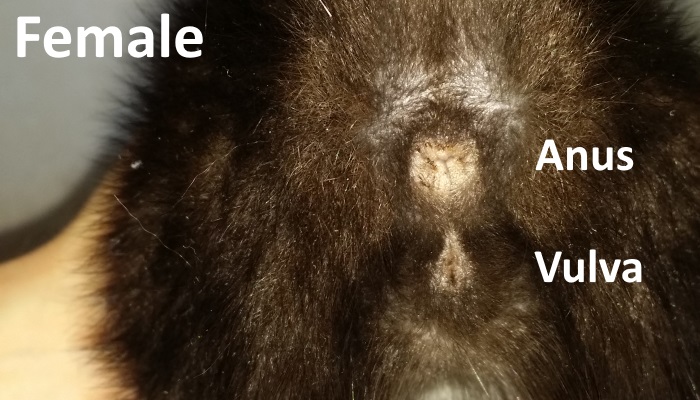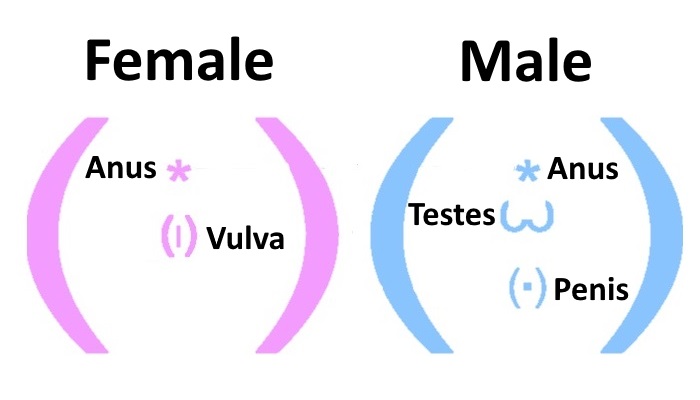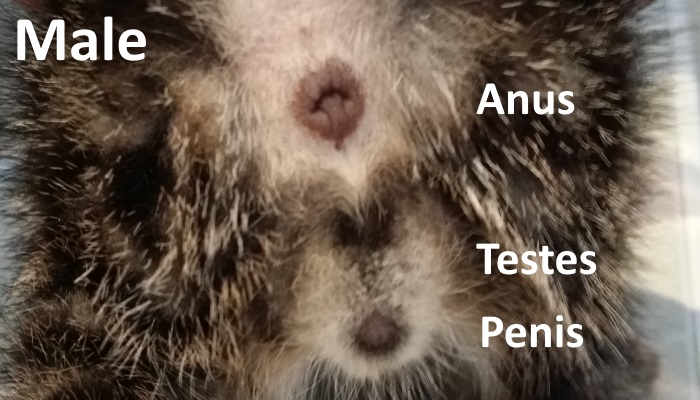Are you a Responsible Owner?
We believe that as part of being a responsible pet owner you should ensure that your cat or kitten is neutered, Vaccinated and microchipped. These vital steps can help to ensure your cat leads a happy health life and can be reunited if lost. It will also stop the hundreds of unwanted cats and kittens that are abandoned or born feral and are often left fighting for their lives in terrible conditions.
Vet treatment can often be expensive for unexpected accidents or injuries, we recommend obtaining Pet insurance to cover any unexpected costs. Whilst there are numerous companies which offer pet insurance we would recommend PetPlan Insurance. If you are interested in finding out more then contact us as we can arrange this for you.

Below are some questions, answers and information about the benefits of the above steps.
-
Neutering is a surgical procedure carried out under anaesthetic. In a male cat, both testes are removed from small incisions made in the scrotum. In females, the uterus and ovaries are removed via an incision either on the left side or underneath.
-
Puberty usually occurs at around five to eight months in cats, although it can happen as early as four months depending on the breed of cat. We recommend neutering both male and female cats from an early age. However, it is important to note that the vet responsible for your cat will specify when they are prepared to carry out the neutering operation – usually at around four months.

-
To tell if your kitten is male or female, you will need to lift the tail and look at the back end. Both sexes will have two holes but on a female the holes will be fairly close together, whereas on a male there will be a space where the testicles will develop



-
You’ll need to book an initial appointment for the operation. Vets may require the cat to be brought for a pre-anaesthetic check before the day of the operation. The cat will normally be admitted between 8am-10am in the morning and able to be picked up that evening and will need to have been kept indoors without food for some of the night before. Your vet will advise.
-
Modern anaesthetics and pain relief mean that the process is really painless these days. Many vets also operate using a tiny incision on the left side of the cat, reducing pain in comparison to the equivalent procedure in dogs or humans. Vets will also give the cats pain relief injections covering the period after surgery or pain relief can be administered at home if needed, If you are unsure, please speak with your vet.
-
Vets usually advise that the cat is kept indoors for a few days after surgery and may need to wear a buster collar, a lampshade shape collar to stop it from chewing its stitches. Stitches might need removing after seven to ten days, or may be dissolvable. In the longer term, cats have a much lower energy requirement and as a result will need less food.
-
The cat will be less likely to wander, fight, stray, call (if female), spray (if male) and mate. The chance of contracting some infectious cat diseases such as Feline Aids will be reduced, as will the likelihood of developing mammary tumours (breast cancers), pyometra (life threatening womb infections), testicular cancer, and many other illnesses. Male cats in particular will improve in physical body condition and their urine will smell less pungent!
-
Neutered cats need less food after surgery, so you will need to reduce their daily food intake after they are neutered. Neutering in itself doesn’t make cats fat.
-
Unneutered toms tend to be larger and generally more confident than neutered males. They tend to maintain a large territory area, as they will cover a large area looking for females that are coming into season. Because it is so important for toms to maintain a large territory to reproduce, they are more likely to fight with other cats and leave urine spray marks inside or outside.
Vaccinations
Routine vaccination has greatly reduced the extent of several feline diseases (including some that can prove fatal). It is vital that your cat has all the necessary vaccinations and boosters. We recommend that you vaccinate kittens at 9 weeks and 12 weeks (First Set of Vaccinations) and then every year for boosters.
What vaccines does my cat need?
Vaccines are available to protect against the following feline diseases:-
-
Feline infectious enteritis (FIE) is a disease caused by infection with feline parvovirus (FPV), also known as feline panleukopenia virus.
It is sometimes referred to as panleukopenia virus because one of the results of infection is the development of a low white blood cell count (which is what panleucopenia means).
Vaccination against FIE has been very successful. Unvaccinated cats are at great risk because the virus is widespread in the environment.
Feline parvovirus is spread by direct faecal-oral contact, and indirectly following contamination of the environment or objects (eg, on food dishes, grooming equipment, bedding, floors, clothing or hands). Cats infected with FPV can continue to excrete the virus for at least six weeks following infection, and the virus can also be transmitted by dogs.
-
Cat Flu – (Feline Herpesvirus / Feline Firal Rhinotracheitis & Feline Calicivirus) Two types of cat ‘flu are vaccinated against feline herpesvirus (FHV-1) and feline calicivirus (FCV). These viruses are very common and vaccination will protect your cat against prolonged illness, but because there are many different strains of cat ‘flu the vaccine will not totally eradicate the threat.
-
Feline leukaemia virus (FeLV) – FeLV is a lifelong infection and unfortunately most cats will die within three years of diagnosis, usually from a subsequent disease like leukaemia, lymphoma (tumors) or progressive anaemia. It is not an airborn disease and can only be passed on via direct contact between cats (usually by saliva or bites). Because of the serious nature of the disease, we recommends FeLV vaccination.
-
Feline chlamydophilosis – This bacterium, which causes conjunctivitis in cats, can’t survive in the atmosphere and is thus spread by direct contact between cats (affecting multi-cat households and kittens predominantly). Your vet will discuss your situation and advise as to whether this vaccine is necessary.
Microchipping
Microchipping is the most effective way to identify a lost pet, and by keeping your details up to date, you’ll increase the likelihood of a happy reunion if your cat goes wandering. You can get your cat microchipped by a vet, local authority or by a trained and insured member of an animal welfare organisation.
There is no minimum age to microchip your cat, and the procedure is simple and doesn’t cause harm to your pet. Once the chip is inserted, your cat won’t even be aware of its presence.

